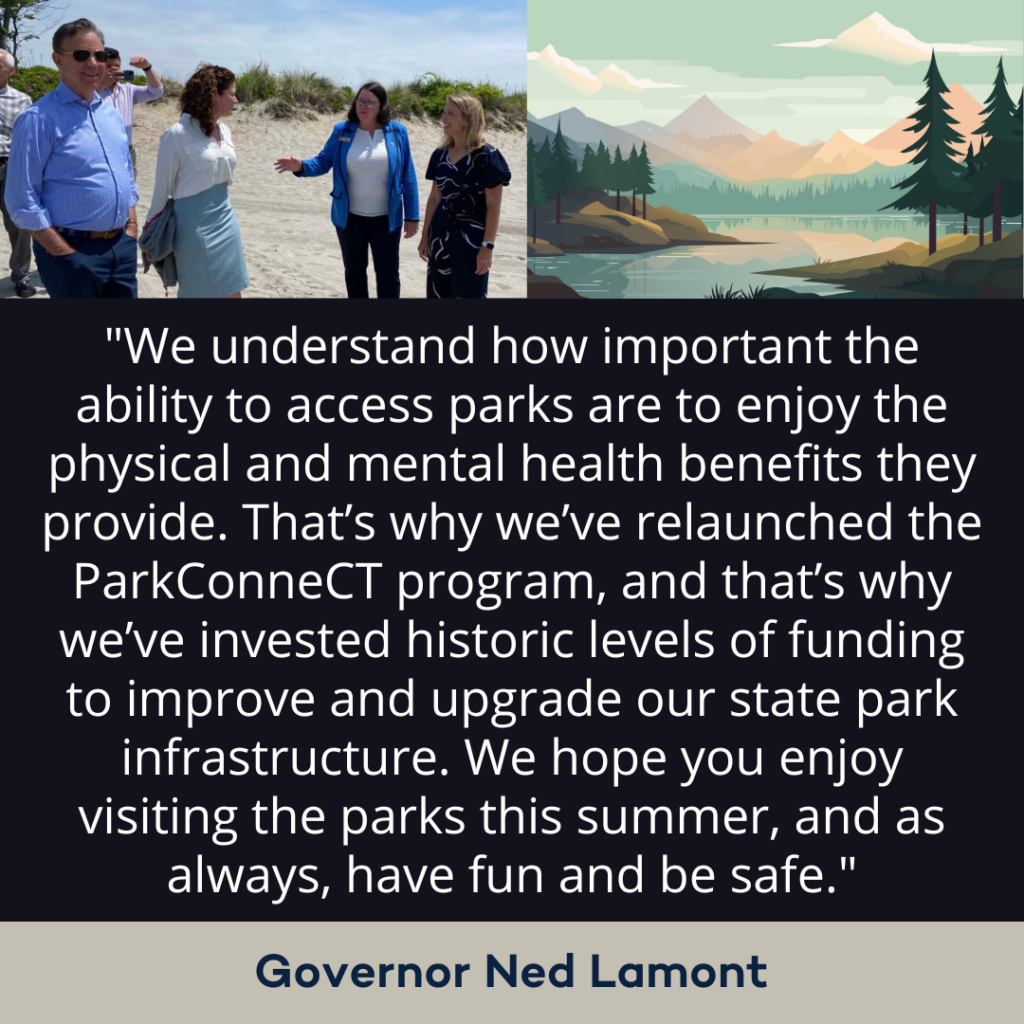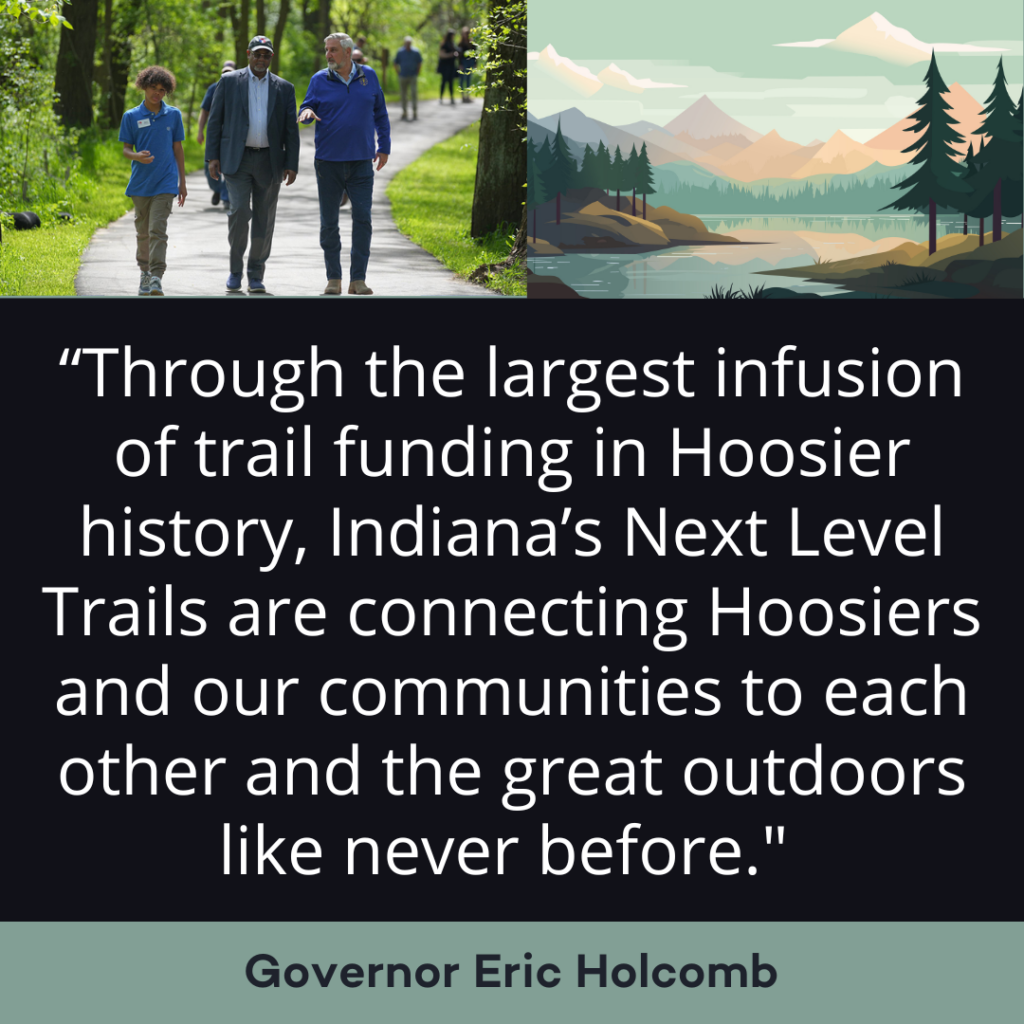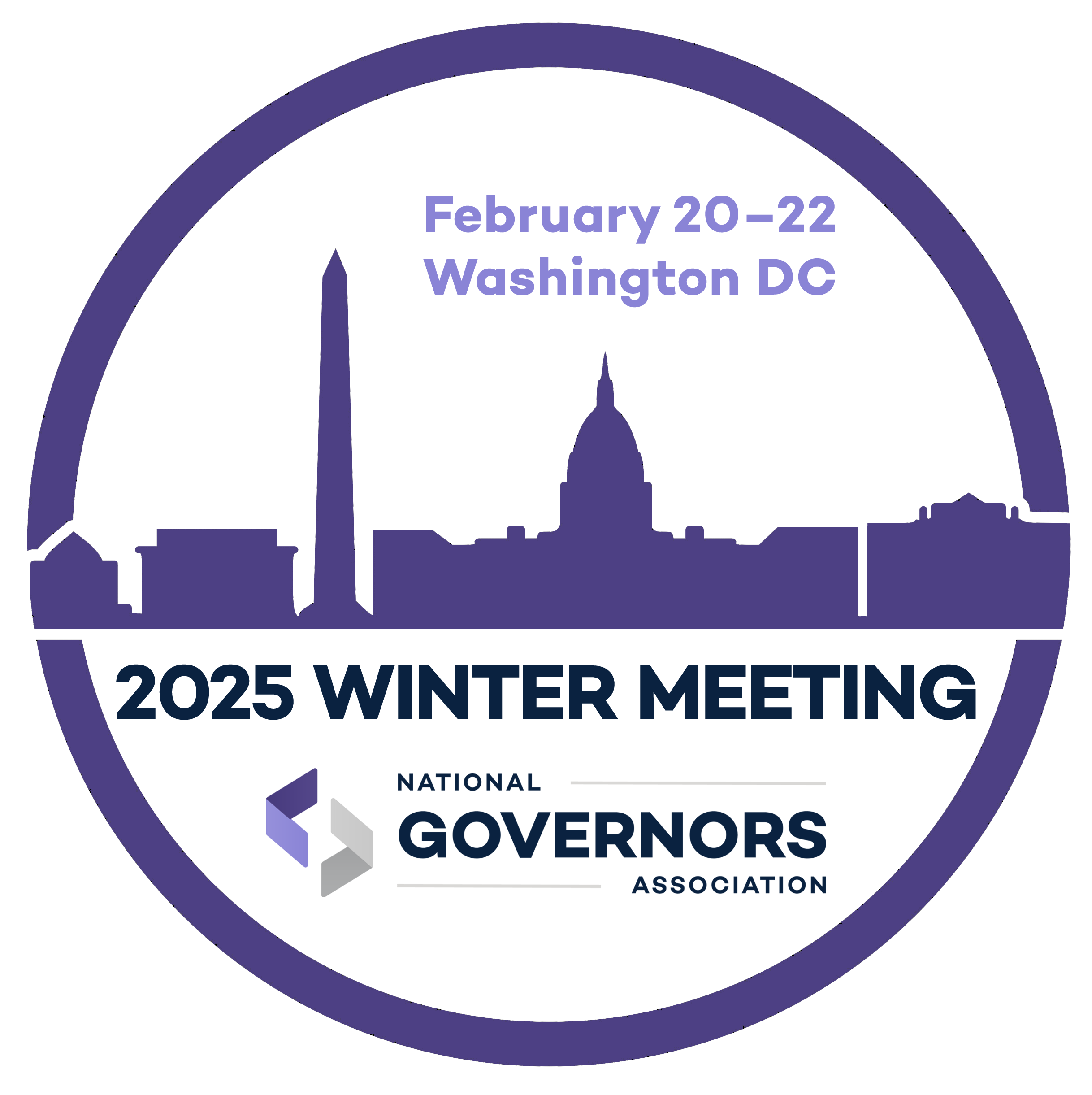Governors are leveraging the great outdoors to improve health outcomes and bolster state economies.
Genetics play a role in one’s health; however, the environment in which one is raised and lives also drives lifelong health outcomes. That environment consists of both built infrastructure such as parks, sidewalks, housing, parking and transportation, as well as social determinants like education, geography, race, ethnicity, socioeconomic status and more. Together, these elements create a community where people are linked by shared perspectives, social ties, geographic location, or all of the above. Importantly, the experience of any one individual in a community may also differ depending on their background.
Public health and community are intrinsically connected. Without mutual trust, support, and engagement, both the public health system and the community decline. The built environment plays a particular role in this symbiotic relationship. Communities with easy access to grocery stores, health clinics, parks, schools, libraries and less exposure to air pollutants and other contaminants like lead paint have better health outcomes. Due to decades of discriminatory policies, Black, Hispanic, Latino and American Indian or Alaska Native people more often reside in neighborhoods with limited access to critical resources and higher rates of pollution. This culminates into increased likelihood of experiencing poor health outcomes – creating a cycle of inequity.
Similar disparities persist regarding access to community areas and green space (urban environments that are partly or completely covered with vegetation.) Green space, complemented by other outdoor public areas such as playgrounds, seating areas, and plazas alongside walkable neighborhoods are specific indicators to prevent disease and promote wellbeing. These communal spaces are vital to positive human development, wellbeing and mental health. Regular use of green spaces is also correlated to lower blood pressure and cholesterol – an important factor as the leading cause of death in the U.S. is heart disease. Social connection is another benefit as outdoor areas increase interaction between neighbors and decrease loneliness. In fact, some physicians have supplemented medication with outdoor prescriptions through Park Rx.
Benefits of green spaces are universal, although communities have specific needs that their built environment should reflect. For example, a community in Los Angeles, California, long suffered from toxic insecticide contamination. Placed atop former brownfield sites, the community-designed Wishing Tree Park will serve as a safe place for historically marginalized residents and buffer between homes and industrial plants. Green spaces also create a buffer from extreme heat and unhealthy levels air quality. Heat islands negatively impact urban communities with increased energy costs, air pollution and higher heat-associated illnesses and deaths. Black individuals are 52 percent more likely to live in these heat islands – making this group more susceptible to adverse effects. Cities in Indiana, Missouri and Wisconsin banded together through the Midwest Climate Collaborative’s efforts to increase the urban canopy of trees and reduce negative effects of heat. The cities plan to plant trees in pockets with higher heat indexes defined by mapping data.
Several states have taken actions to conserve green space. In 2015, the Connecticut Department of Energy & Environmental Protection kicked off an initiative to conserve 21 percent of the state’s open space by 2023. The land will be divided into various green spaces owned by the state, municipalities, non-profit land conservation organizations and water companies. Similarly, Delaware Natural Resources and Environmental Control Department partners with other state agencies on the Open Space Program. The program, led by a Governor-appointed council, is dedicated to expanding state parks and preserving forests, wildlife areas and cultural sites. In Florida, the Wildlife Corridor Act was signed by Governor Ron DeSantis after unanimous bipartisan support in 2021. This legislation protects nearly 10 million acres through roughly $400 million to acquire and manage the land that houses dozens of imperiled plant and animal species, 5,841 miles of trails and several working farms and ranches. Similarly, President Biden set a conservation goal to preserve 30 percent of U.S. lands, freshwater and ocean areas by 2030.
Use of these and other conserved spaces to explore, play and connect with the natural environment is another focus across states. Outdoor recreation encompasses activities like horseback riding, boating, fishing, hiking, archery, scuba diving and skiing as well as more leisurely pursuits such as birdwatching, nature walks, picnics and gardening. Regardless of the activity, performing it while outdoors has positive effects on all aspects of one’s health. For example, Kids in Parks, an aptly named national organization, partners with states to provide opportunities for children to play outside, reduce childhood obesity, improve mental health and connect with nature. Their TRACK Trails program partners with Henderson County, North Carolina, to engage children with special health care needs and their families in the use and improvement of park trails for more inclusive outdoor recreation.
Furthermore, outdoor recreation is an economic driver for many states. The industry was responsible for 4.5 million jobs and a gross output of $862 billion in 2021. In the same year, 323,000 of these jobs were in communities close to national parks – many being smaller towns that rely on tourism. Visitors, especially those attracted by an area’s natural elements, contribute to the economic growth and prosperity of the community. To bolster their outdoor recreation workforce, Pennsylvania announced a series of meetings across state agencies and industry stakeholders. The meetings are designed to align and support strategic initiatives, partnerships, policies and resources. Creating economic vitality and consistent, reasonable income is also an important factor when working to better health outcomes, further linking the social and environmental components of health.
NGA created an Outdoor Recreation Learning Network in 2019 to leverage unique, natural, cultural and historical resources to promote economic, health and environmental benefits. This network of state and territory outdoor recreation directors offers peer-to-peer exchanges on best and innovative practices to improve access to recreation and explore topics like conservation, stewardship, education, workforce training, economic development, infrastructure, equity, inclusion, public health and wellness. For example, Oregon network members have shared their framework to promote benefits of the outdoors which centers equity, collaboration, strategic investments, innovation and community engagement. The plan also includes a breakdown of estimated health care saving resulting from physical activity – around $1.4 billion in 2018. Another network member, Utah, was the first state to have an Office of Outdoor Recreation. The legislature allocated long-term funding for the office to distribute grants – totaling in nearly $11 million in 2022.
The network meets annually for an in-person policy institute. At the 2022 meeting, attendees shared strategies their states were employing to promote equity and improve participation data. The meeting also saw New Hampshire, Maryland and Arkansas join a bipartisan group, Confluence of States, to promote outdoor recreation through conservation and stewardship; education and workforce training; economic development; and public health and wellness. Currently NGA is partnering with Oregon State University’s Center for the Outdoor Recreation Economy (CORE) and Department of Commerce’s Economic Development Administration (EDA) to look at the effectiveness of Travel, Tourism and Outdoor Recreation grants.
Green spaces, no matter the size, promote wellbeing and harmony within a community. Within these spaces community members can come together to recreate and exercise or slow down and decompress. The benefits to both health and the broader economy are tremendous, and Governors are leveraging the great outdoors to improve health outcomes and bolster their economies.
This article was developed by Brittney Roy and Michelle LeBlanc, National Governors Association. For more information on Governors’ public health work please contact communications@nga.org.















